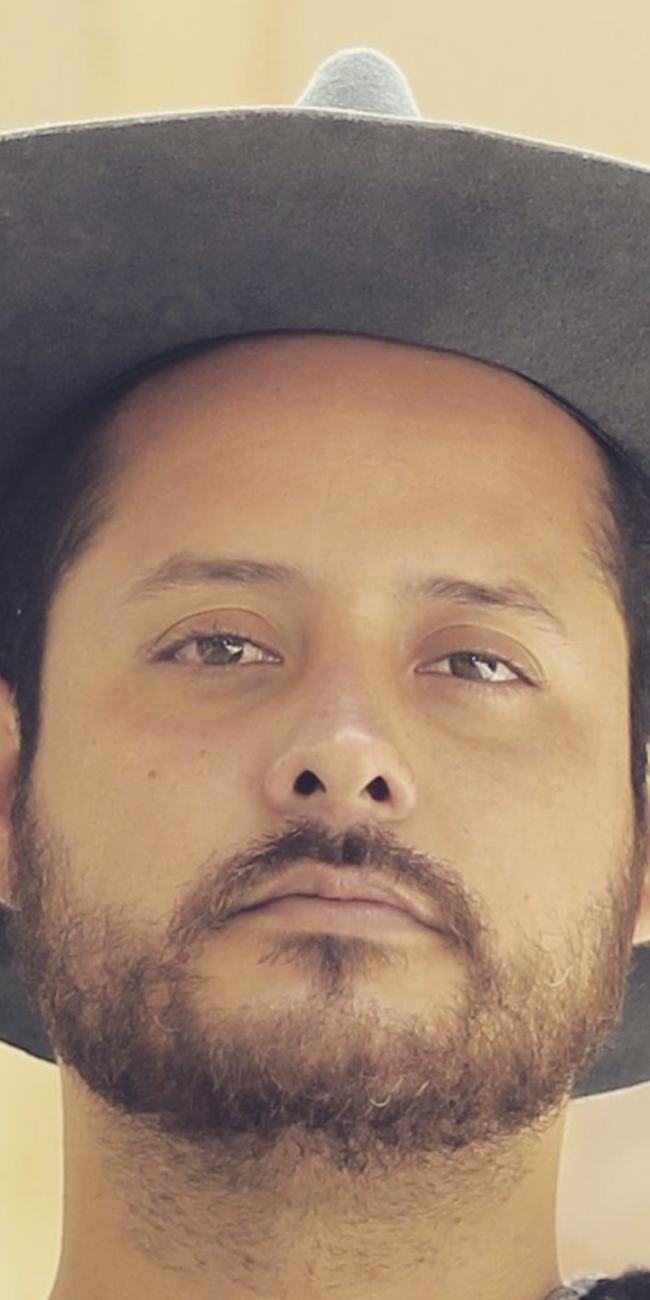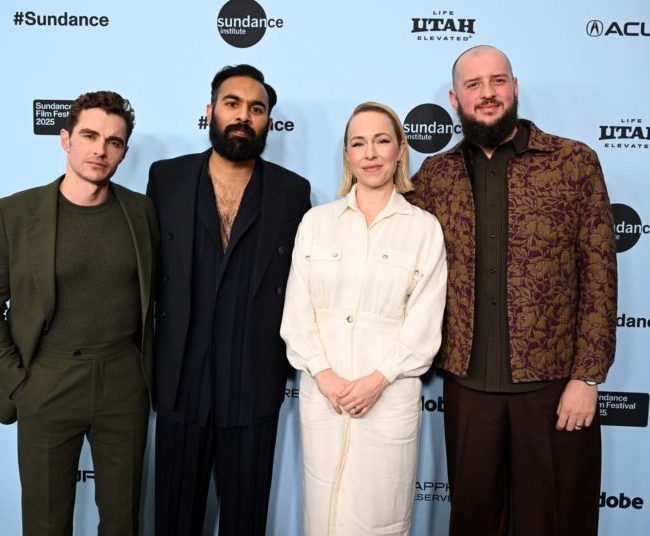A Conversation with Laura Casabé (THE VIRGIN OF THE QUARRY LAKE)
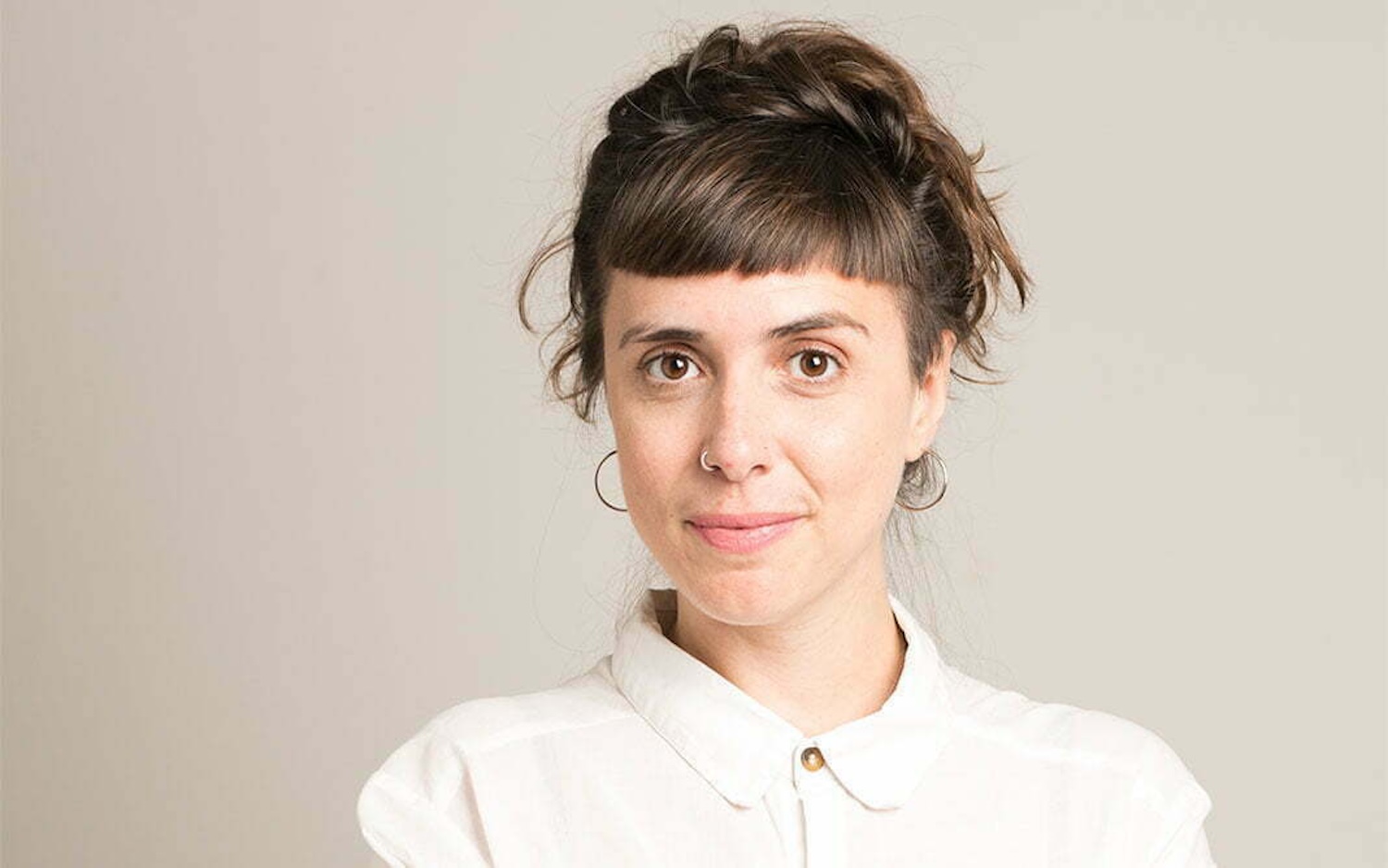
Argentinian director Laura Casabé (The Returned) premiered her latest feature, The Virgin of the Quarry Lake, at the 2025 Sundance Film Festival (where I reviewed it). Based on two short stories—“Our Lady of the Quarry” and “The Cart”—by author Mariana Enriquez, the film is a coming-of-age tale mixed with elements of social realism and the supernatural that unfolds at the pace of a lazy summer day. Actress Dolores Oliverio stars as Natalia—or Nati—a young woman with a lot on her mind, even if she doesn’t realize the full extent of what troubles her. Powerful emotions take their time to surface, but when they do finally explode, watch out! I had a chance to talk with Casabé by Zoom during the festival, and here is that conversation, edited for length and clarity. Since English is not Casabé’s first language, I have adjusted phrases to better fit American idioms.
Hammer to Nail: Was the script, by Benjamin Naishtat, written before you became involved with the film? And, if so, at what point did you become attached?
Laura Casabé: It was actually the other way around. I wanted to work with the two short stories of Mariana Enriquez. I am a big fan. The first time I read her was in 2017 or 2018. When I originally read “Our Lady of the Quarry” and “The Cart,” I wanted to adapt them into a movie. I could just picture the stories in my head. I could picture her world, which resonates so much with my own world. I wanted to figure out a way to portray her world through my own personal history. But I didn’t want to write the script.
I spoke with Mariana and told her that I wanted to make a movie from these short stories. And I knew that I wanted to make a coming-of-age tale. And one of them took place in 2001 in Argentina, during the economic crisis. And I knew that Benjamin is a great director and also a great screenwriter and an amazing writer of dialogue. And we’re from the same generation, actually. We’re the same age and we experienced the same things and we had a lot of synergy. We’re both from Buenos Aires and it turns out we were often in the same places at the same time, even though we didn’t meet before this movie.
And we talked about Mariana’s stories and about how I wanted to fuse those two stories. The plot of “Our Lady of the Quarry” was just so magnetic and I wanted to place it within the context of “The Cart.” The movie had to take place in the summer of 2002. For us, it was important to have that social context as the key to the movie. And so he wrote the first draft. And then we developed it from there.
HtN: What attracted you to these two stories, specifically, both of which come from her collection The Dangers of Smoking in Bed?
LC: The girls spoke to me in “Our Lady of the Quarry.” The three teenagers, with their desires and possessive feelings, really spoke to me. I felt completely represented. That was the main appeal of that particular story. And then she portrayed the every-day horrors of life through the lens of classic horror tropes. Plus, she was talking about the place where I live. She’s so Latin. But she also works with conventions of Anglo-Saxon traditions. But first of all in that story, it was the girls.
And then with “The Cart,” she meditates on the fear of being poor and the fact that this homeless man casts a spell on everyone. And this reflected the truths and every-day horrors of, I would say Latin America, but particularly of my country. We have this deep fear of losing everything and of being poor. We have this fear of a mysterious catastrophe that is going to change everything and then all of a sudden the bank will get all your money and you’re going to lose your job. That’s what happened in 2001. And then you have these explosions of violence. And that’s what “The Cart” was about. And the two stories are in dialogue with each other, in some way.
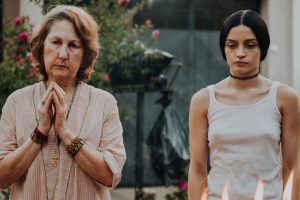
A still from THE VIRGIN OF THE QUARRY LAKE
And since I wanted to talk about these two stories, that is why I decided to combine them. I didn’t want to pick one. (laughs) So we figured it out, though it wasn’t easy. You can see how it ended up—it’s there—but it wasn’t easy to do. The main thing was that we wanted the girls of “Our Lady of the Quarry” to be the protagonists.
HtN: I love when genre cinema uses the tropes of the genre—in this case, horror—to comment on larger issues. It seems that this is how Mariana Enriquez writes. Beyond her, what are some of your cinematic and artistic influences here?
LC: It’s not so easy to pick just one, but I would say that Polanski is one. He’s perhaps my favorite director. He’s complex and everything and I love him. Zulawski’s Possession might be another influence. I would say that Polanski influences everything I do. His three horror movies—Rosemary’s Baby, Repulsion, and The Tenant—are just so interesting in the way that he portrays horror. And then there is also David Lynch, at some point. I know he seems an obvious choice because he just passed away, but he was truly someone that I talked about a lot with my producers.
Right now, “social horror” is something that is common. Films like Get Out, you know? It’s something that is happening now. And I think it’s interesting, because genre is all the time evolving and I love how it is so plastic and diverse now. But my influences were not so much these movies as literature. And in particular Argentinian literature, authors such as Ernesto Sabato, Horacio Quiroga, and Julio Cortázar. I read them when I was very young, and they do what you were talking about in a really conscious way. And they were also my influences, since I read a lot. I also like Lovecraft for some other ideas. And then I also love movies like Get Out and The Witch.
HtN: There is a feel of great specificity of time and place in your film. How did you work with your production designer and cinematographer to achieve this?
LC: One thing that was really good is that we are all from the same generation, about 40 or so years old, so we were all teenagers at that specific time and it comes from our experience. And while I did do a lot of research into the time and looked at raw footage from 2001, not the stuff that went on the news, but the raw material from the time. I watched a lot of that to remember and I shared with my friends.
And as far as the chat rooms and those kinds of places, those were from our experience. This is the stuff that happened. We talked a lot about this with my production designer. And we knew we wanted to create the atmosphere of the 2000s, but we didn’t want to create a parody of the 2000s. We wanted it to feel real. But it was only 20 years ago, which is not a long time, so a lot of things are pretty alike. We didn’t want to fall into a kind of nostalgia, which happens a lot when a film portrays the past. So we didn’t want to focus too much on the details, like CDs and such, but just have things that were part of the environment.
We looked at photos from when we were 19 to see the wardrobe. We all had those kinds of pictures in our houses. And we went through those photos and we laughed about it, wondering why we were wearing this and that. (laughs)
HtN: Your cast is excellent, particularly the young women. I marvel at how much Nati’s two friends, Josefina and Mariela, look like each other, actually. And Dolores Oliverio, as Natalia, is amazing. How did you find your cast? I know you cast in Argentina, in Mexico, in Spain.
LC: The young women were cast in Argentina. That was an open casting call. I didn’t go through agents. Argentina has a big theater tradition and a lot of theater schools. And I knew that we could find young talent beyond the capital city, which is why we decided to hold open auditions, which lasted for about two months. And I specifically said to the casting director, “Let’s go to the outskirts and go to those schools.” And I found a lot of young talent.
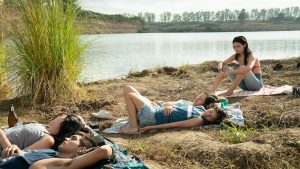
A still from THE VIRGIN OF THE QUARRY LAKE
First of all, I found the two girls. And I have to say, they are not sisters. But they are both great, and they came on the same day, and we all said, “Oh, my God! You look so alike!” And since both of them were great actresses, the fact that they looked alike was something I thought would be so interesting for the camera. It wasn’t in the script, but just something that happened during auditions. It was so intriguing, and also, we could then quote Kubrick, with those two girls. (laughs) So we decided to play with that.
And then came Natalia. And the funny thing about Dolores is that I saw 60 girls for Natalia. Well, 60 videos. And I cast about 20 girls, but I couldn’t find Natalia, because she’s a really emotional character and she goes through a lot. And Dolores was the last one to send a video. And she’s a dancer, not an actress, so she doesn’t have much experience.
And the interesting thing about Dolores is that she came to the audition just looking for a job. She wasn’t aware of Mariana Enriquez; she wasn’t auditioning to get the lead. She just came looking for a job, and I loved her. I could feel her magnetism. I know that sounds corny, but it really happens and you have to follow your intuition. When I saw her, I was compelled by her voice. I love the sound of her voice—it’s so deep—with that Lolita face. (laughs) And I felt a cinematic presence. It was intuition, because she wasn’t ready. And then we prepared her for two months, and she worked hard.
And then, since the movie is a co-production, to find some of the others, we had to people from other countries in the movie. Not because I wanted to, but because that’s how it works. But I think that they turned out to be interesting. For example, in Argentina, we have a lot of Spanish immigrants—my mother is from Spain, actually—so I thought that this was going to be really truthful and organic to have a Spanish actress playing Nati’s grandmother.
For Silvia, that was harder, because in Mexico we had to find someone … it’s a hard character, Silvia. Of course, Natalia is really intense and magnetic, but Silvia has to compel Natalia. You know, there’s no Natalia without Silvia. Natalia wouldn’t be so magnetic if Silvia weren’t there to make you feel that way about Natalia. But we found Fernanda [Echeverría], and I think that she has this Silvia spirit. And then she worked a lot to do the accent.
HtN: Well, thank you so much. I appreciate you talking to me!
LC: Thank you very much!
– Christopher Llewellyn Reed (@ChrisReedFilm)








